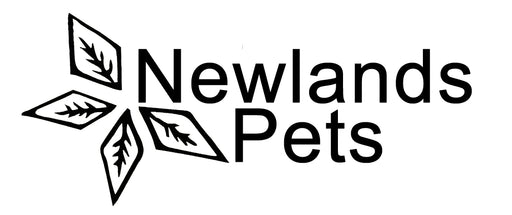
3 Tips for helping overweight dogs
Obesity in dogs is an enormous issue (pun very much intended) with 1 in 3 dogs in the UK being classed as overweight. It can be very difficult to tell if a dog is overweight but a good rule of thumb is by feeling the dog’s ribs. If you can feel them quite easily then the dog is probably at a healthy weight but this can depend to some extent on the breed of the dog. It can be even harder to admit that our dogs are overweight as we all like to spoil them! Often the realisation comes from other people telling you and this is especially true of vets!
So you’ve established that you have an overweight dog. Despair not! There are three main areas to look at that with a few easy changes can help your dog lose that unwanted weight. What we’ll be looking at is the food your dog is eating, the treats your dog is receiving and the exercise it’s getting.
The first thing we’ll look at is exercise. There’s one very important thing to avoid doing with this. If for example your dog is used to a five minute walk don’t suddenly take them on a cross country hike or run a marathon. Fitness in dogs needs to be built up slowly exactly the way it does in humans. If not, then the dog will be very uncomfortable and could even be injured so it’s very important to ease them into it. A good way to start off is to increase the length of walks by around 10% each time, if your dog is fine at the end of the walk then feel free to increase it the next time.
It may seem fairly obvious but the more exercise your dog gets the easier it will be for it to lose weight. The benefits of exercise for dogs cannot be understated even without the need for weight loss. The mental stimulation dogs receive from being regularly active can often make the dog much happier and better behaved.
The next thing we’re going to look at is the food your dog is eating. We’ve always taken the stance that carbohydrates shouldn’t constitute a large part of a dog’s diet as dogs have absolutely no need of them. If you’re feeding a dry kibble then there will always be some level of carbohydrates present which isn’t a problem. The problem comes when foods contain ingredients with large amounts of carbohydrates such as rice, wheat, corn and white potato. These ingredients are generally used in dog foods as a cheap filler and cutting them out of a dog’s diet can make a huge difference to their weight.
There are foods on the market specifically marketed as weight loss foods (another indicator of how big a problem obesity in dogs is) which will usually have “Light” in their name. In order to be able to call themselves a light food they must be reduced in calories by at least 50%. If you’re feeding your dog a light food and they’re not losing weight it’s worth turning over the packet and looking at the ingredients. If it turns out that it’s full of rice or other grains then we’d highly recommend you switch to one with less or no grains even if it’s not specifically a weight loss food. We take the approach of meat first meaning meat should always be the first (highest proportion) ingredient in any dog food as this is a massive indicator for a better quality food. We’ve always advocated grain free diets for dogs, however we also believe that you should feed your dog how you wish and whatever best suits you and your dog.
The third thing to look at is treats and we’ve found that this is often where people are caught out. We all love to treat our dogs, who can resist those faces? However, we’ve had people come in to the store with overweight dogs and when we’ve looked at the amount of treats they feed, it turns out that the dog is getting their entire calorie requirements just from treats! Now there won’t be a dog in the world who’ll thanks us for this but when committed to helping a dog lose weight we’d recommend cutting out treats entirely. It may require you finding another way of encouraging the dog such as substituting a treat with some play or some other reward for good behaviour.
Cutting out treats entirely is a drastic option but there are alternatives. Treats can have the same problems as food in that they can often be packed with carbohydrates and other unhealthy ingredients. An excellent way of continuing to treat while the dog is trying to lose weight is to use protein heavy treats. Grain free treats which are high in meat can still be used and are a brilliant, healthy way to reward your dog. There are plenty of good quality, healthy treats on the market but if you really want to know what you’re feeding your dog there’s nothing to stop you making your own. Drying out chicken in an oven is really easy and makes a delicious, chewy treat for dogs which you know is just chicken.
To sum up the three things which are most important in helping a dog lose weight are it’s food, treats and exercise. By making a few changes in these areas you can make a world of difference for your dog.

Leave a comment